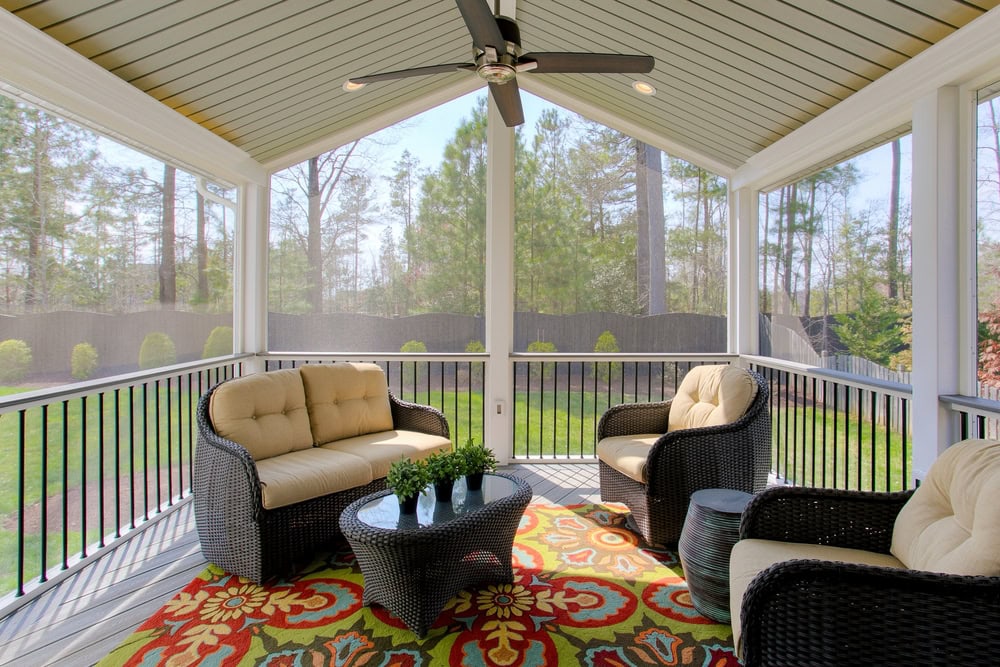America’s housing market isn’t just cooling — it’s frozen in place. Millions of homeowners are locked into 2–3% mortgage rates and simply won’t sell, creating a chain reaction that’s grinding the entire system to a halt. But this isn’t just a temporary side effect of high interest rates. It’s the result of a uniquely American mortgage structure—one that unintentionally punishes mobility and paralyzes housing supply. And while U.S. policymakers scramble for answers, countries abroad have already developed — and deployed — practical solutions.
The scale of the lock-in problem is staggering. Nearly two-thirds of U.S. homeowners hold mortgages below 4%, according to the Federal Housing Finance Agency. With current rates hovering near 7%, selling a home today often means trading a historically low payment for one nearly double the size. Unsurprisingly, homeowners aren’t budging. Inventory has collapsed. Existing home sales have hit multi-decade lows. Prices remain stubbornly high, even as borrowing costs rise. What was once a dynamic, mobile housing economy is now stuck in place.
The effects ripple far beyond the homeowner. Banks and credit unions—many of which depend on mortgage activity to fuel lending, gather deposits, and generate fee income—are facing an extended drought. Mortgage originations have dropped off a cliff. Refinancing has all but disappeared. Servicing portfolios are clogged with long-dated, low-yield loans that strain balance sheets. For many regional lenders, the lock-in effect isn’t just a housing issue—it’s a systemic business risk.
And for first-time homebuyers, the picture is even bleaker. With so few homes hitting the market, they’re forced to compete for a shrinking slice of inventory, often at inflated prices. Unlike existing owners, these buyers have no low-rate loan to protect, no equity to leverage, and no fallback. They’re trying to break into a market that’s actively working against them—where affordability is shrinking, not improving.
Yet while the U.S. struggles with this growing crisis, other countries have built systems that avoid precisely this kind of freeze. Denmark offers one of the most compelling models. There, mortgages are directly linked to the bond market, allowing homeowners to prepay their loans at market value — effectively buying back their debt with no penalty. This structure gives borrowers flexibility while maintaining liquidity and transparency for lenders and investors. Instead of being locked into a loan, Danish homeowners can adapt to changing market conditions — keeping the system fluid even when rates shift.
The model works—and the U.S. knows it. In 2018, the Federal Reserve Bank of New York conducted a detailed review of the Danish mortgage system, highlighting its efficiency, resilience, and potential as a reform blueprint (link). The core insight: a well-designed financial product can serve both borrowers and lenders without creating systemic friction. By aligning incentives and tapping into the capital markets, Denmark has sidestepped the stagnation now gripping the American system:
“Danish homeowners are able to repurchase their mortgage out of a covered bond at the prevailing market price. This feature reduces mortgage lock-in effects during rising rate environments.”
So why hasn’t the U.S. moved forward? Partly inertia, partly complexity — but largely because innovation in financial products has lagged behind the needs of a changing economy. The 30-year fixed-rate mortgage is a cornerstone of American housing finance, but it wasn’t built for flexibility. It was built for stability. In today’s environment, that design is becoming a liability.
It’s time to look outward — and forward. Whether it’s Denmark’s market-value prepayment system or Israel’s model of portable mortgages (where borrowers can carry their loan to a new property), international examples show that smart design can unlock frozen markets. These aren’t theoretical ideas—they’re functioning systems with real-world track records. Importing and adapting these models could help the U.S. escape its self-imposed freeze.
The mortgage lock-in crisis isn’t just a rate problem. It’s a design problem. And design problems demand design solutions. Financial product innovation — thoughtfully adapted from proven global models — may be the key to restoring movement, affordability, and balance to the American housing market and financial institutions.
Jonathan Arad is the co-founder and CEO of Takara , a company reimagining US mortgage finance by importing and adapting proven solutions
from abroad. This column does not necessarily reflect the opinion of HousingWire’s editorial department and its owners.
To contact the editor responsible for this piece: [email protected].
.png)
 German (DE)
German (DE)  English (US)
English (US)  Spanish (ES)
Spanish (ES)  French (FR)
French (FR)  Hindi (IN)
Hindi (IN)  Italian (IT)
Italian (IT)  Russian (RU)
Russian (RU) 








Comments